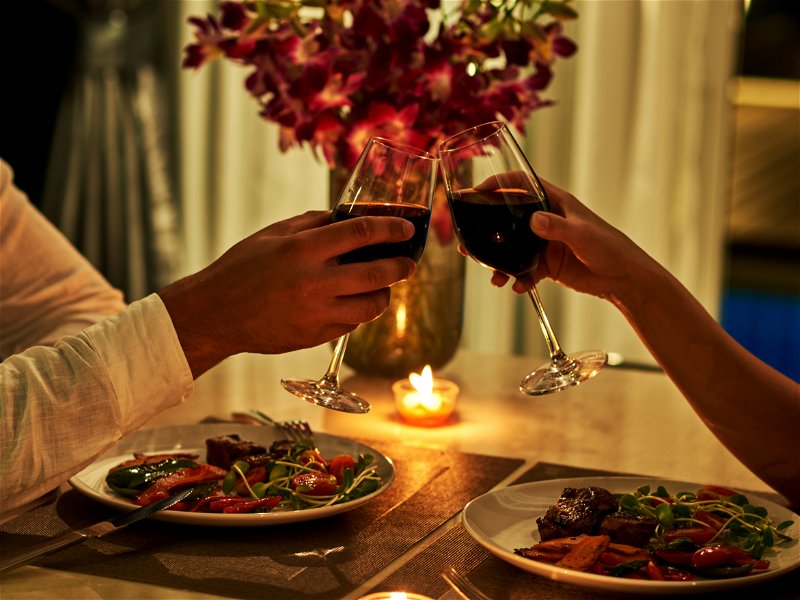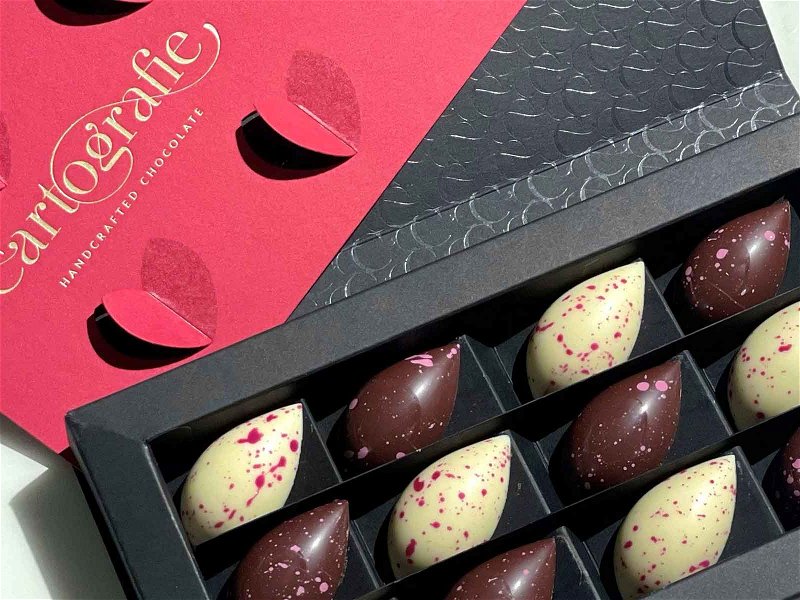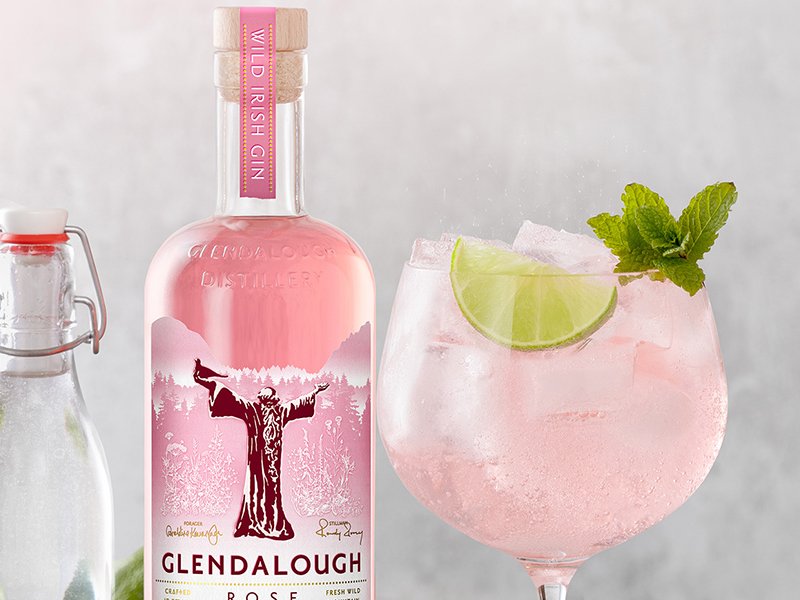Valentine's Day: Love is in the air, but what's in the glass?
What's the best way to toast "I love you"? February 14 is just the occasion for this question; romantics are not content with a glass on Valentine's Day. Hence the overview of wines that symbolise affection.
Just to say it right at the beginning: Valentine's Day is by no means an invention of florists. In fact, its roots go back to late antiquity. Specifically, Pope Gelasius I (492-496) designated February 14 as the day of veneration of the martyr Valentine of Terni. Since the British poet Geoffrey Chaucer at the latest, Valentine's Day has belonged to lovers. In his poem "Parliament of fowls", all the birds come together on this day to choose a partner ; in this allegory, however, the feathered friends stand for us humans. The most famous date for St. Valentine was also described in England. In the fourth act of Hamlet, William Shakespeare's Ophelia sings of "Saint Valentine's Day", on which she "wants to be your Valentine".
Happiness through wine "sacrifice"
But no matter who the love is for, in addition to greeting cards, flowers and chocolate, wine is also one of the gifts that seal affection. Because you get closer (again) when you share a glass and then anything can happen. Provided you don't fall out over the chosen bottle. Therefore, apart from all other tips, the first rule is to refrain from your own taste and focus on that of your partner (to be?). Even the most elegant Pinot Noir is not much fun for those who like Chardonnay Barrique. But how are you supposed to get the heart in your eyes or the butterflies in your stomach if every sip costs a lot of effort? Exactly!

The (love) life in pink
This means that the second recommendation for "Valentinians" is entirely justified. If you follow the color of love, then it will be pink on February 14. The choice for a rose-tinted view of life with your loved one is huge. With its own DAC region dedicated to rosé, Rosalia in Burgenland, it is an obvious choice for connoisseurs. However, there is now hardly a growing region that has not dedicated itself to "Vie en Rose". From the classic rosé from Provence, which brings a fruity coolness with raspberries and grapefruit, to the more intense domestic varieties Schilcher or Uhudler, a lot is possible. The latter also delight with wild strawberry notes as a sparkling frizzante.
The bouquet of roses to drink
However, if you want to give wine instead of flowers, another grape variety is particularly suitable. The rose muscatel (Moscato Rosa) not only bears the flower of love in its name, its sweetness also makes it a wonderful option for shared chocolate desserts - and chocolates, cakes and the like are also part of Valentine's customs. The red-skinned Muscat grape, whose stronghold is in the Trentino-Alto Adige region, has now also become a quality wine variety in Austria. The vineyards in Seewinkel, where Gerhard Kracher presses a predestined Beerenauslese for lovers: the "Red Roses" with its fragrance is a real substitute for a bouquet of flowers.
Let's make it sparkle
Anyone who has missed the classic par excellence: Champagne always works! He already says with his noble image: "You are worth it to me". If you add a pink sparkling wine, the color of love can be elegantly brought into the glass. Rosé champagne is also a specifically Austrian preference; no other EU country enjoys drinking in this category as much in percentage terms. Every seventh bottle of champagne in this country is "pink". And there will probably be a few more on St. Valentine's Day.
In addition, there is a wide selection of sugar gradations in all champagne "colors", ranging from dry to sweet to suit all preferences of "love interests" or long-term partners. You should only know - see above! - hold around them. But what kind of love would that be if you didn't even know the taste of the wine?
Don't miss out!
Sign up now for our newsletter.







